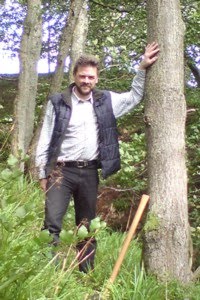In the previous post I posed the question what buildings does a moderately complex hierarchical agricultural society require, looking at aspects of agricultural buildings; this time I am looking at moderately complex hierarchical society, or at least that end of hierarchy that tends to represented in archaeology.
It is fashionable, and perhaps progressive, to talk of higher status individuals or elites, to avoid cultural bias inherent such terms as aristocracy. However, I use the term in its original cultural context precisely to reference that bias, or understanding, and also is to imply a degree of continuity between Prehistory and History.
I am going to look particularly at the Late Iron Age fort at Orsett, Essex, [1] now lost to the latest incarnation of the junction it guarded 2000 years ago. [below]. It typifies all the problems of interpretation associated with archaeology that has been ploughed. It was clearly a fortification at some stage, and only the aristocracy, have the resources, interest and right to build such things. Systematic and sustained fighting, takes considerable resources, training and expensive kit. It was after all, what maintained them at the top of the divinely sanctioned heap, and some might argue it was their raison d’etre.
ROGUECLASSICIST’S BULLETIN ~ September 8, 2025
10 hours ago
































